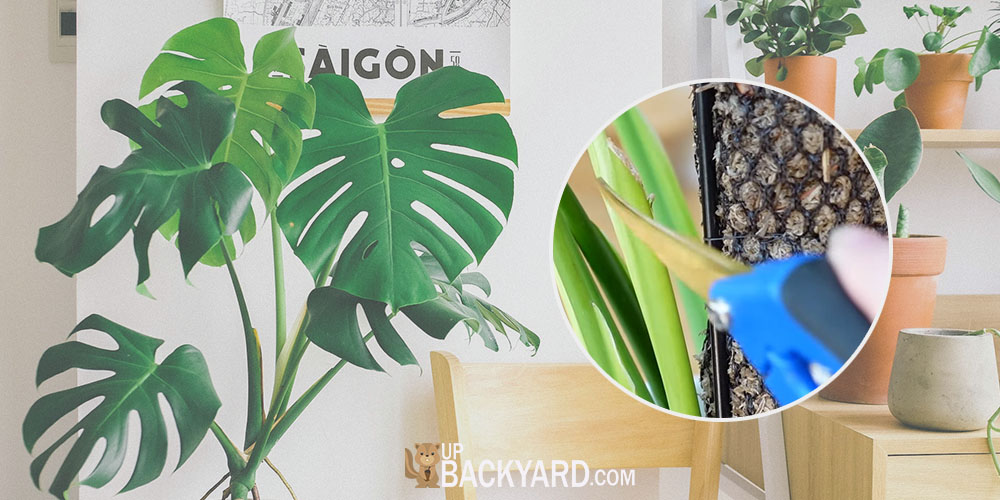Pruning your plants are important to keeping them healthy and growing strong. It may seem counterintuitive to cut down your plants as they are growing, but the action gets rid of flowering buds and dead stems. That way, only the healthy part of the plant remains to continue growing strong.
Even the leafy cheese plant needs to be regularly pruned to encourage proper growth.
Let’s learn the proper way to prune a cheese plant to keep it strong and encourage it to grow big.
What is a Cheese Plant?
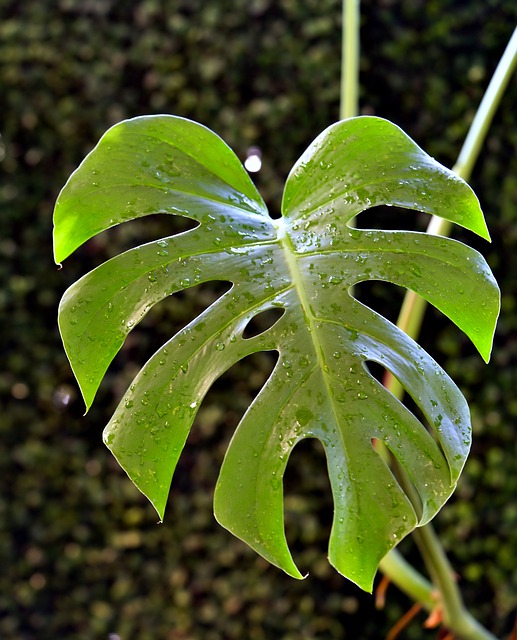
Don’t worry, a cheese plant isn’t made out of actual cheese. Instead, it is a leafy plant that naturally has holes in them which makes them resemble Swiss cheese. The leaves are heart-shaped and are usually bigger than the size of a hand.
Cheese plants are native to southern Mexico and thrive in tropical areas. Over time, these plants have moved to different areas and have become slightly invasive in Hawaii.
When people have cheese plants, they are usually used as indoor decorations. They are relatively easy to take care of and can thrive in indoor settings just as well as tropical ones.
How to Prune a Cheese Plant
If you have a warm household and can keep this plant’s soil moist, then you will be able to take care of a cheese plant.
However, don’t forget that you have to prune your cheese plant to ensure that it will keep growing and getting bigger.
Pruning makes it so that your plant grows taller rather than wider which helps it from getting an overgrown look. After this, you will be a pro at pruning plants including the cheese plant.
Get Your Tools
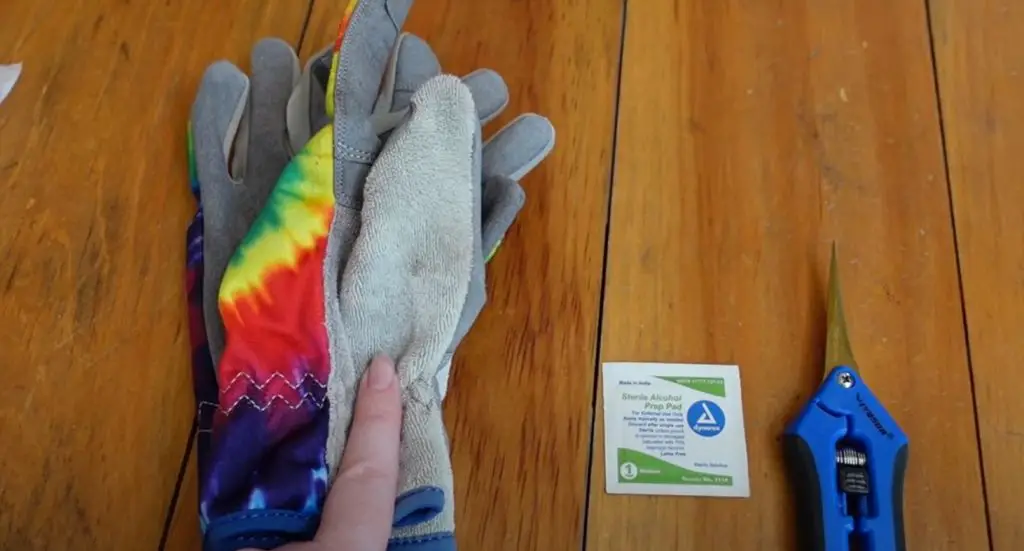
You don’t need anything fancy to prune your cheese plant. Sheers or a good pair of scissors will get the job done.
Avoid using a blade or pair of scissors that has become dull. When using a dull tool, you won’t be able to cleanly cut the stem of a plant. This will end up damaging the plant over time and prevent it from growing at all.
You will also need a pair of gloves when pruning your cheese plant. The sap that comes from the stems of the plant is toxic to your skin which will cause moderate to severe irritation.
Gardening gloves are the best as they won’t snag and rip. They are pretty thick so nothing can seep through them.
Finally, you will want a place to put your cuttings. You can either throw them into the trash or compost them.
Just make sure that you don’t leave any cuttings laying around once you are done pruning them. This is super important if you have children or pets as this plant’s sap is dangerous to them.
Plan How You Want to Prune Your Cheese Plant
Having a plan before you start pruning helps set an intention for how you want your plant to grow.
Randomly chopping away at your plant will work, but you might not get the results that you want from your plant in the future.
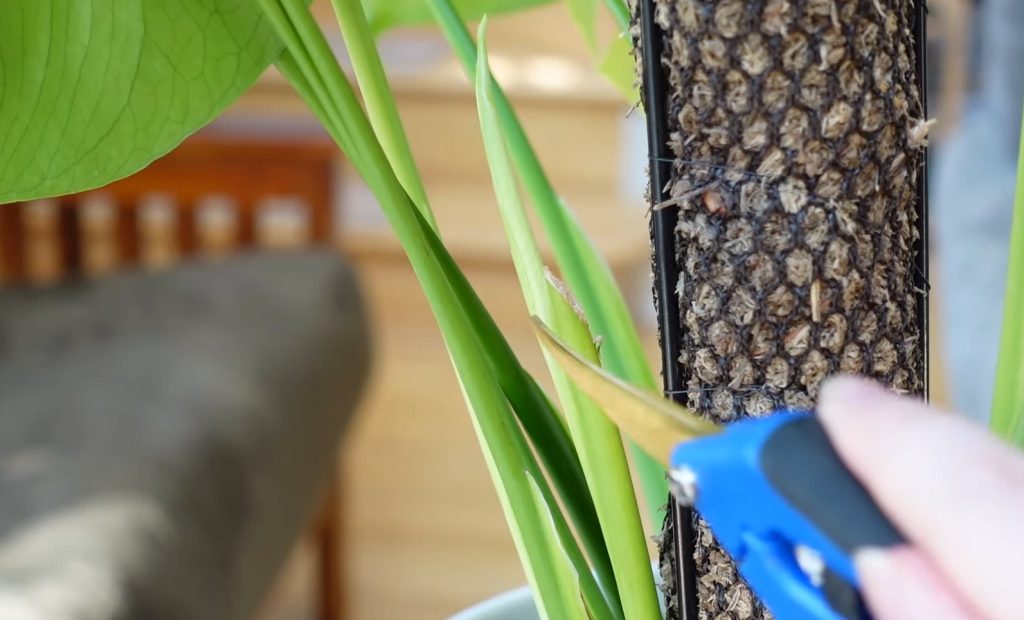
You should always start your pruning session by cutting off any dead leaves and damaged stems. Getting rid of the damaged parts of a plant prevents those problems from spreading to the rest of the plant. It keeps your plant healthy for much longer.
If you want to promote growth in your cheese plant, there are a few more things to keep in mind as you are planning to prune.
First, if you want growth, try to plan to prune your cheese plant during the Spring. That’s when many plants grow the most as it is warming up but isn’t too hot yet.
Next, if you want to promote growth, you will want to cut the top of the plant. Where you make cuts is where the plant will grow.
If you simply want to control your plan, you can cut the sides and the top to shrink its size. However, just remember that you will need to continue to cut your plant down to control how big it gets.
Start Cutting Away
Now that you have an idea of how you want to cut your plant, go ahead and get started.
Make sure to cut near the base of each stem. Don’t cut the leaves as that won’t do anything other than damage the plan. Cutting near the base of each stem (where the leaf connects to the main thicker stem) will be better for controlling the size of your plant.
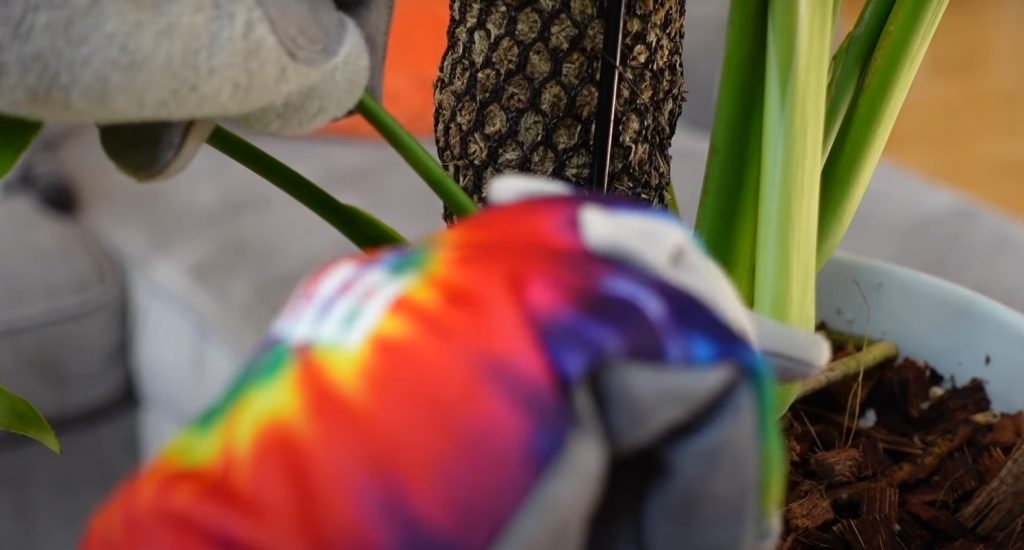
If you want to propagate your plant, you should cut below the node. That way this cutting will be able to sprout roots and grow into another cheese plant.
Dispose of the Cuttings
It’s best to dispose of the cuttings right away so that no children or pets can get to them and touch the toxic sap.
The easiest way to dispose of the cuttings is to throw them in the trash. If you want to be more eco-friendly, you can compost them.
When you do compost them, you need to be very careful. Throwing the cuttings into your compost pile can lead to accidental propagation. In the pile that is mixed with other organic materials and dirt, these cuttings can sprout roots, and you are left with plants growing in your compost.
If you decide to compost your cuttings, cut up each cutting further. Cut them into really small pieces so they won’t have the proper materials to take root in your compost pile.
Make sure that you are still wearing your gloves for this step as well.
Clean Your Area
It is never a bad idea to clean off the area where you were pruning your cheese plant.
Also, clean off the area where you set down the cuttings you took from the plant. That way there isn’t any toxic sap residue on any surface of your house.
Remove your gloves when you are done and put them away with your gardening stuff. Now you have successfully pruned your cheese plant for whichever goal you have for its growth.
4 Tips and Reminders for Pruning a Cheese Plant
The Sharper the Tool, The Better
Using a sharp tool when you are pruning your cheese plant is the best that you can use.
Using a dull blade will lead to bruising and micro cuts on the stem of the cheese plant. When that happens, the stem and leaves around that area can die off and further hurt your cheese plant.
Sharp tools allow you to snip or chop your way through the stem quickly. It also helps reduce the spread of the toxic sap as you get through the stem quickly.
Prune in the Spring
Pruning your cheese plant in the spring encourages further growth from the plant.
Springtime is the ideal pruning time for many plants out there as that is when they are naturally growing the most. This pruning gives them more space to have a growth spurt.
It is usually when a plant is the healthiest as well because the weather and environment are in ideal conditions.
Don’t Stress if You Cut Too Much
If you got carried away during the pruning process and cut a lot more of your cheese plant than you intended, there is no need for you to stress.
Where you cut is where the cheese plant will grow back. It’s like hair, it will always grow back.
If you cut so much that your cheese plant is looking wonky and unstable, stick a few sticks or pencils into the soil to prop up the stems. That way your plant has a bit of extra support as it is growing back.
An unstable cheese plant might start growing at an angle. It doesn’t do any harm to the plant, but it might not look as good as you would like.
If You Want a Controlled Plant, Prune in the Winter
Plants grow the slowest in the winter because it gets colder outside and there is less light. Unless you use a grow light, you will probably notice that your cheese plant doesn’t grow as much in the winter as it does in the spring.
If you want to control the growth of your plant, prune it when it isn’t going to grow that fast. Winter pruning works well for having a controlled cheese plant.
Final Thoughts
Pruning is a necessary task in taking care of many plants. Even a plant as simple as the cheese plant requires pruning so it can keep growing and have healthy leaves. Pruning is a pretty simple task as long as you take the proper precautions with the toxic sap.
If you have cheese plants at home and have to prune them, let us know what tools you use in the comments.
Also, let us know how your plant is doing. Is your cheese plant thriving or does it need some extra love and attention?
